For a country like Ireland, as devoted to its faith as to a good party, the fact that St. Patrick’s Day falls during Lent poses a problem. The saint himself is said to have broken his fast during Lent, eating meat instead of fish, for which he was so apologetic that an angel came to give him comfort. Put your meat into a dish of water, the angel said, and it will turn to fish. This Patrick did and was very pleased to see that the angel was right. The meat had turned to fish, and he could partake of it without guilt. The Irish call this miracle “St. Patrick’s Fish,” and feel no qualms about eating a pork roast to celebrate the day.
You can also keep a holy day and drink to excess, if you’re drinking for the right reasons. St. Patrick’s feast day is not just any other day of drinking — it is a solemn duty to toast the health and prosperity of Ireland. In the late eighteenth century a toast was a solemn occasion, and often served as an opportunity to draw attention to one political cause or another. A formal toast called for the removal of the tablecloth — there was no need for it since food would not feature prominently. Drink certainly would. According to nineteenth-century Irish-American John D. Crimmins, who chronicled St. Patrick’s Day in America, the first celebrations took place in New York in 1737. They would begin in the customary way with a toast “To the King of Great Britain and Ireland,” but the respectful tone might be followed by a subversive caveat: “May he use the power granted him by the people to redress their grievances, and do justice to the suffering sons of Erin.” An American audience trying to wrest free of the British monarchy would appreciate the insinuation that the king’s power is given to him by his people. Once the Americans had rid themselves of the monarchy, the Irish had hopes of doing the same. To that end, toasts on St. Patrick’s Day made sure to align the Irish interests with the new American republic’s: “Hail, Columbia — the land we live in. Erin go Bragh — the land we left.”
Irish Americans are still passionately patriotic — and consider their own family histories inseparable from Ireland’s. This can be seen even in the comments of the current American president — arriving in Ireland last year Joe Biden said, “I’m home.” He made good use of the toast as well — quoting a well-loved American phrase: “If you’re lucky enough to be Irish you’re lucky enough.” Like President Biden, Americans of Irish descent view their visits to Ireland as a kind of pilgrimage. In 2019, 2 million North Americans visited Ireland. In 2021 there were roughly 2.1 visitors to every one resident, and $5.2 million spent. In Northern Europe, Ireland ranks first in tourist numbers per capita, and fifteenth in the world.
You needn’t travel to Ireland to celebrate its saint’s day, however — parties in New York, Boston and Chicago far exceed those in Ireland or anywhere else in the world. In the US St. Patrick’s Day is the highest grossing day of the year for bars, pubs and restaurants. Sales on the day are around 174 percent higher than average. Bars and restaurants rely on March 17 to lift them into the black and will often see sales increase more than 220 percent from the previous week. In 2018 the sale of stout in Chicago jumped an astonishing 688 percent during the week of March 17. A recent survey of 15,000 Americans showed that one third of them would visit a restaurant or bar on the day.
When I was growing up in an Irish-Catholic family, my relatives accounted for probably 70 percent of the customers in the City Bar of Great Falls, Montana. My father is one of ten siblings, from which my generation has grown exponentially, and we would all gather in downtown Great Falls for St. Patrick’s Day. In the morning my sisters and I would be taken out of school and plopped onto our family’s parade float, which seemed to become more elaborate every year.
On one memorable occasion, my father and his brothers had built an almost life-sized Irish cottage, complete with thatched roof and red box windowsills. My sisters and I would play inside while my mother did the decorating, painting the walls a brilliant snowy white and finishing off the red trimming on the sills. She even made a tiny doorway on one side, “for the fairies.” During the parade we’d sit on the float or run alongside it, handing out candy to children and carrying the flag of County Clare.
After the parade the whole crew would descend on the City Bar and stay there all afternoon. We kids ate grilled cheese sandwiches and pickles and drank round after round of fizzy Shirley Temples topped with maraschino cherries. The bar would be filled with singing and smoke — even during broad daylight it was as dark as a dungeon, with only the flickering lights from beer signs and little candles on the tables.
Those long afternoons spent in the City Bar might be the only time my family gathered all year, and it wasn’t unusual to see relatives laugh, cry and sing in the same conversation. For the Irish and their American cousins there is nothing incongruous about laughing and weeping at the same occasion — nor is it incongruous to drink and to honor a holy day all at once.
This article was originally published in The Spectator’s March 2024 World edition.



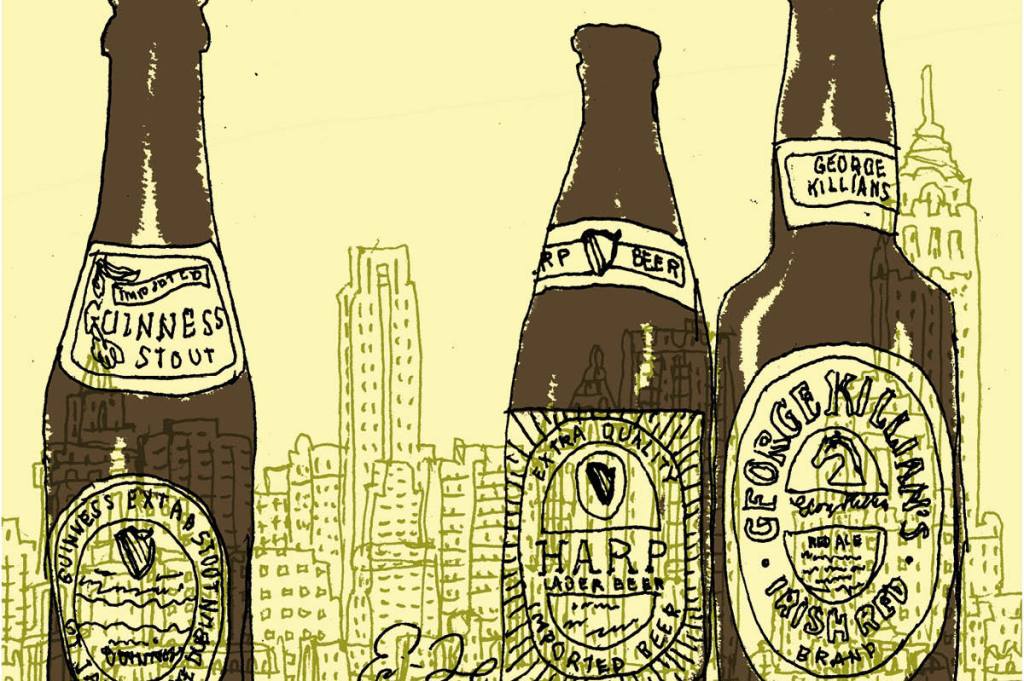







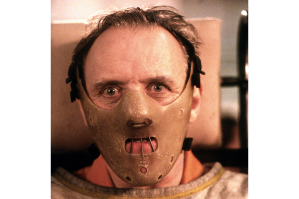
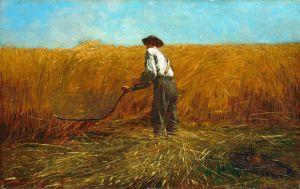
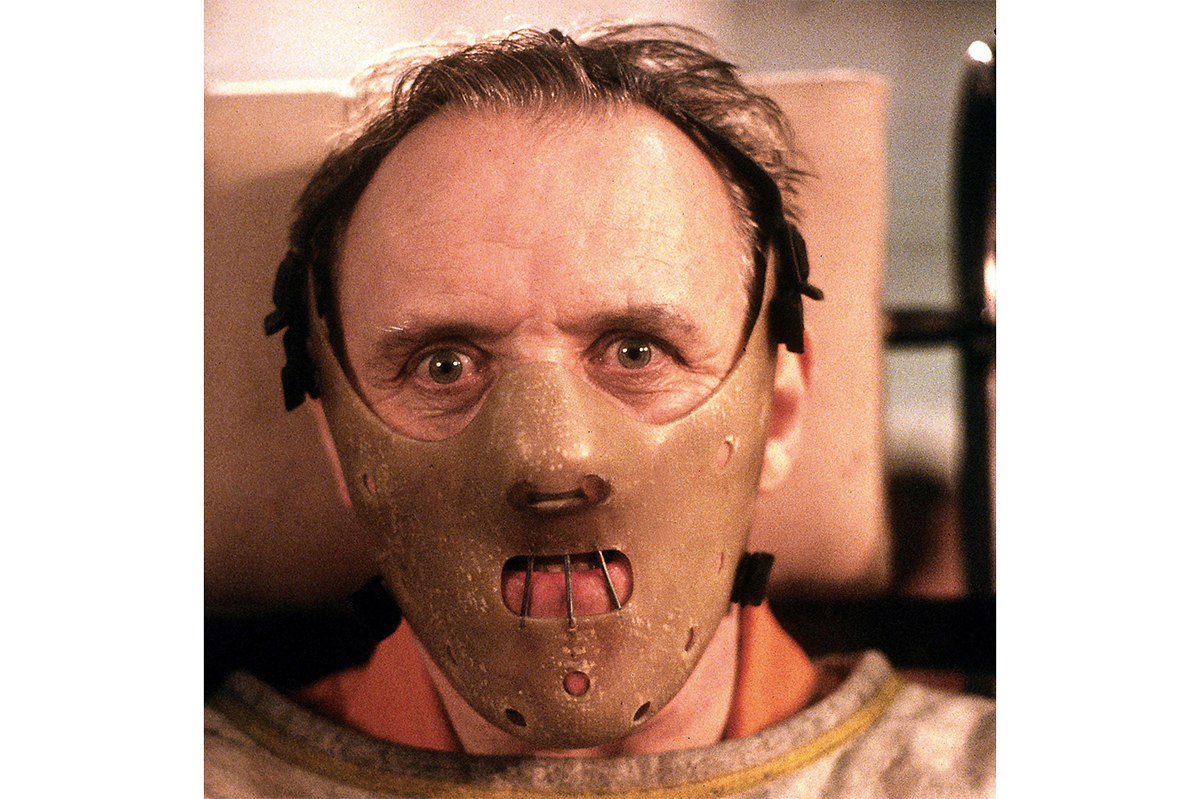
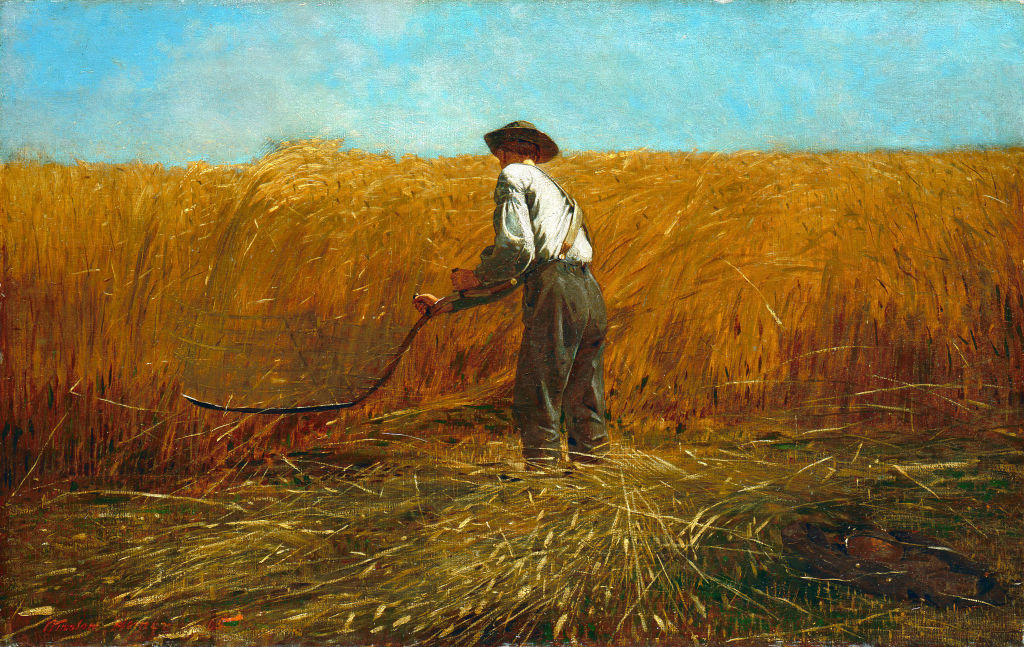

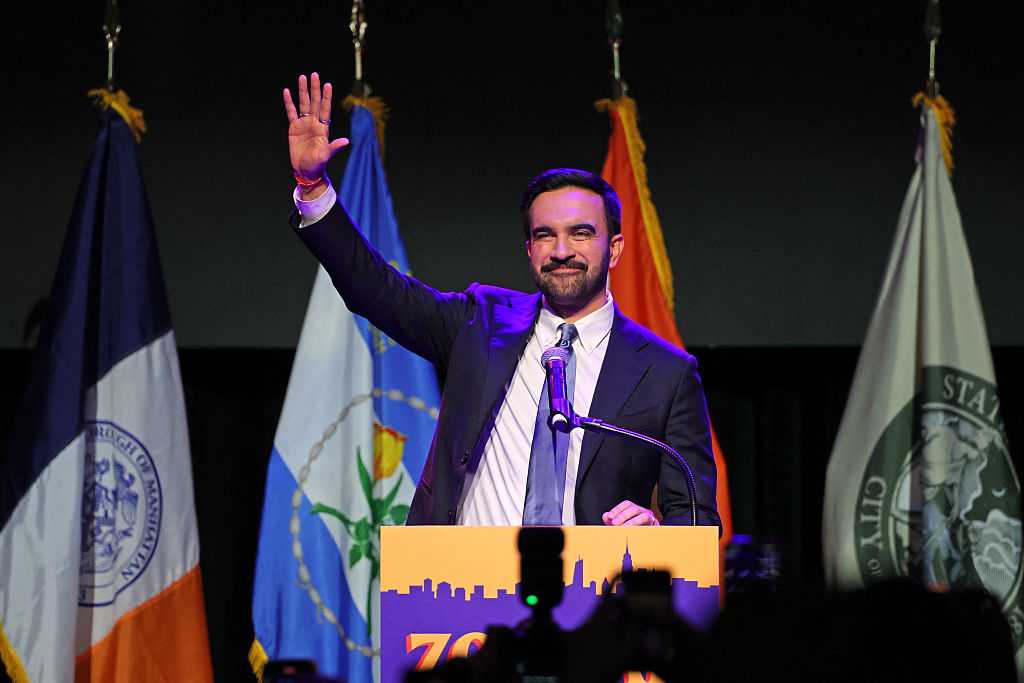
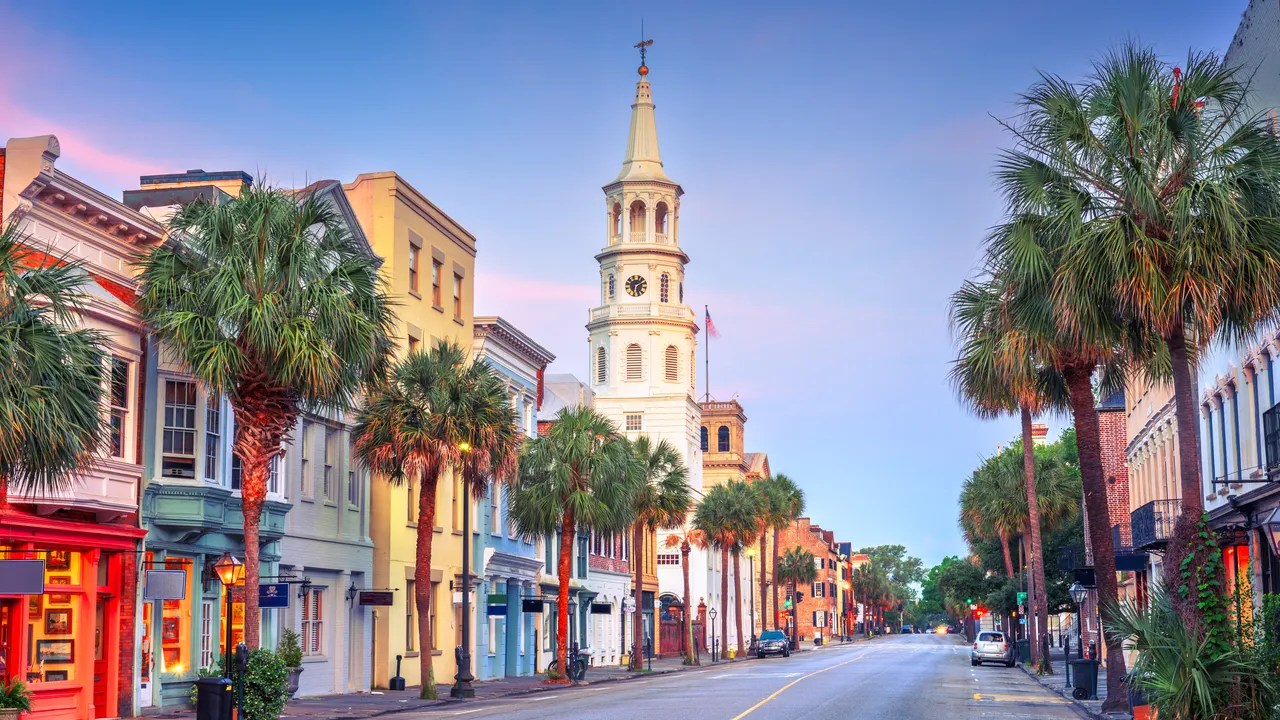








Leave a Reply